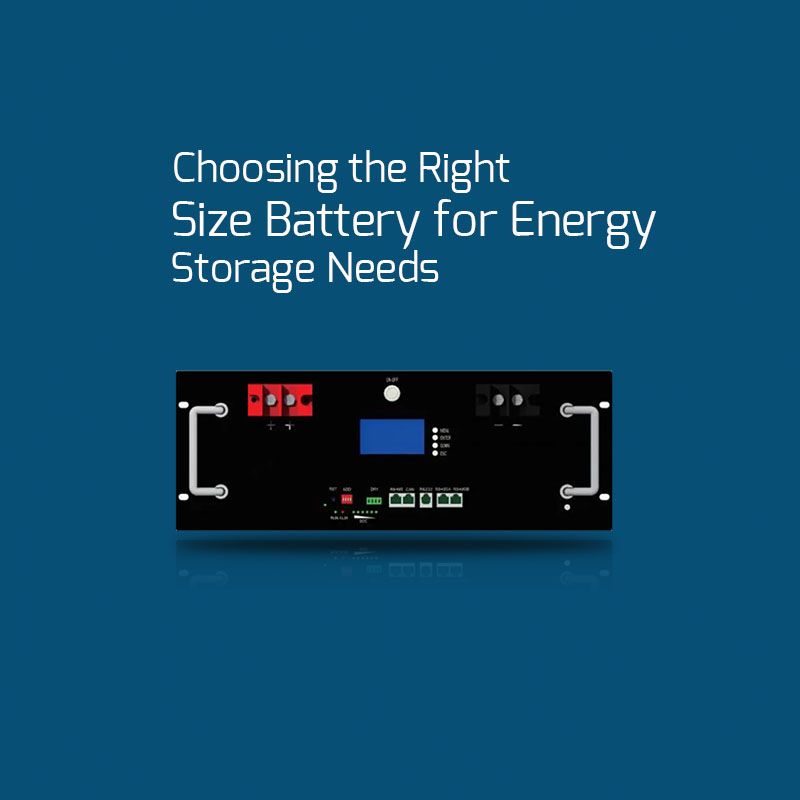Is a 10kW solar system right for your home?
As the cost of solar continues to get cheaper, more people are choosing to install larger solar system sizes. This has led to 10 kilowatt (kW) solar systems becoming an increasingly popular solar solution for large homes and small offices.
A 10kW solar system is still a significant investment and you might not even need that much power! In this article, we take a closer look to see if a 10kW solar system is the right size for you.
How much does an average 10kW solar system cost?
As of Oct. 2023, a 10kW solar energy system will cost about $30,000 before incentives, based on the average cost of solar in the U.S. When you take the federal tax credit into account, that price drops to about $21,000.
It’s important to keep in mind that solar system pricing varies from state to state. In some areas, additional state or utility-based solar rebates may reduce the installation cost even more.
The following table outlines the average cost of a 10kW solar system in different states, so you can get an idea of how much solar could cost in your area.
How much electricity does a 10kW solar system produce?
A 10kW solar system can produce between 11,000 kilowatt hours (kWh) to 15,000 kWh of electricity per year.
How much power a 10kW system will actually produce varies, depending on where you live. Solar panels in sunnier states, like New Mexico, will produce more electricity than solar panels in states with less sunlight, like Massachusetts.
You can read more about how much electricity a solar panel will produce based on location here.
Can a 10kW solar system power a home?
Yes, a 10kW solar panel system will cover the average American household’s energy usage of about 10,715 kWh of electricity per year.
However, your home’s energy needs could be quite different than the average American household. In fact, energy consumption varies a lot between states. Homes in Wyoming and Louisiana, for instance, tend to use more electricity than homes in other states. So while a 10kW solar array might be perfect for a home in Louisiana, it might be too big for a home in a state like New York, which uses much less electricity on average.
10kW solar systems do produce enough electricity that you could go off-grid. The only thing is you would also have to install solar battery storage to store the excess electricity a 10kW off-grid solar system produces.

How much can you save on your electric bill with a 10kW solar power system?
Based on the average electric rate and usage in the U.S., the average homeowner can save around $125 per month with a solar system that’s designed to cover all of their energy consumption. That’s about $1,500 per year in solar savings!
In almost all scenarios, a solar panel system will significantly lower your utility bill. How much a solar system will actually save you can vary widely from state to state. This is because your electric bill depends on:
How much energy your panels produce
How much electricity costs
The net metering policy in your state
For example, a 10kW solar system that generates 1,000 kWh in a month in Florida would save you about $110 on your monthly electric bill. If a system installed in Massachusetts produced the same amount of solar energy – 1,000- kWh – it would save you $190 a month on your power bill.
The difference in savings is due to the fact that electricity is substantially more expensive in Massachusetts than it is in Florida.
How long does it take for a 10kW solar system to pay for itself?
The average payback period for a 10kW system can be anywhere from 8 years to 20 years, depending on where you live.
Your location impacts how much your system costs, how much electricity the system produces, and how much the system will save you – all factors which influence the payback period.
Your return on investment could be even better if you live in an area with additional solar rebates like solar renewable energy credits (SRECs).












